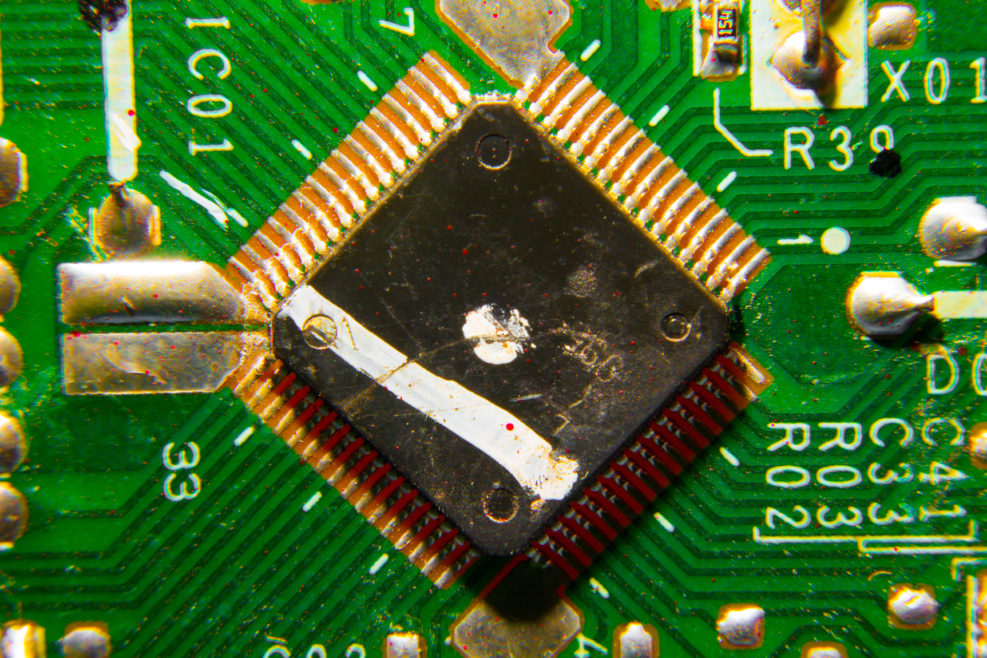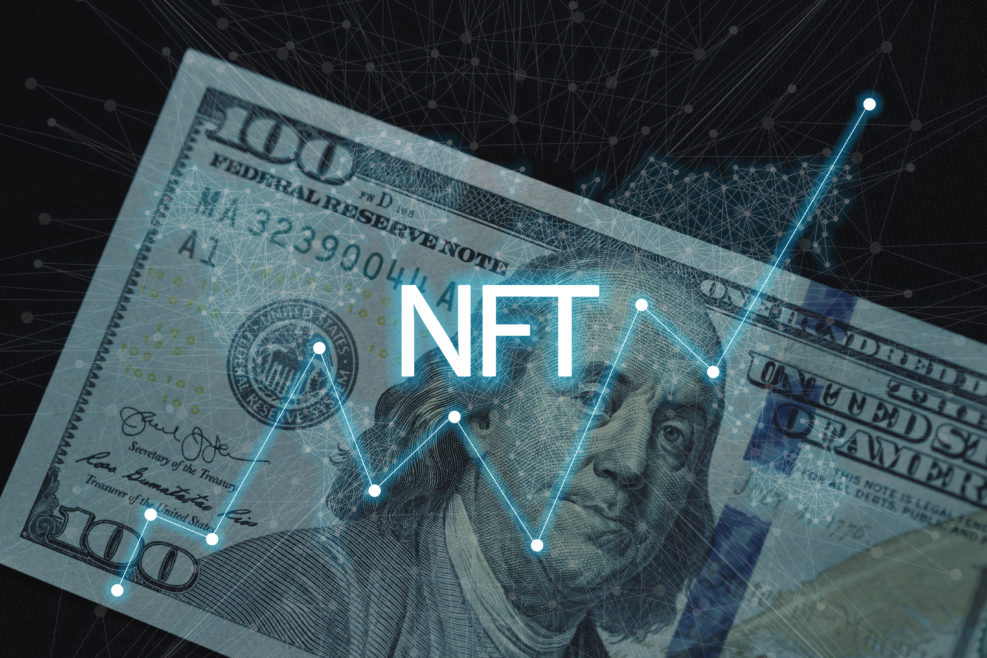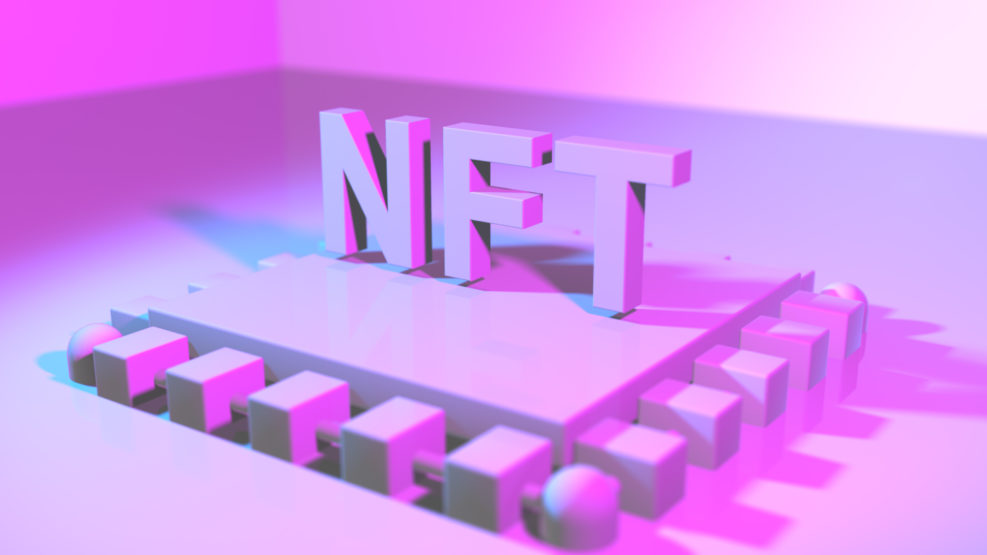
Are Your Electronics Protected Against Sudden Surges?
Electrical engineer Sarah Seguin discusses with Robert J. Marks an under-recognized risk for sensitive electronic devicesIn a recent podcast, “Sarah Seguin on EMPs and How to Protect Your Data” (August 5, 2021), Sarah Seguin, talks with Walter Bradley Center director Robert J. Marks. Protecting data became a much bigger issue for typical employees during the COVID-19 lockdowns when many were working from home on a computer usually used to surf entertainment vids or shopping sites. Hackers have found the displaced workers a tempting target. In any event, hacks of governments, health care facilities, and big firms are on the increase. Seguin offers some thoughts about a quite different but very relevant data protection issue: Protecting data from degradation from electromagnetic pulses (EMPs): https://episodes.castos.com/mindmatters/Mind-Matters-146-Sarah-Seguin.mp3 This portion begins at 02:12 min. A partial transcript, Show Notes, and Read More ›


















